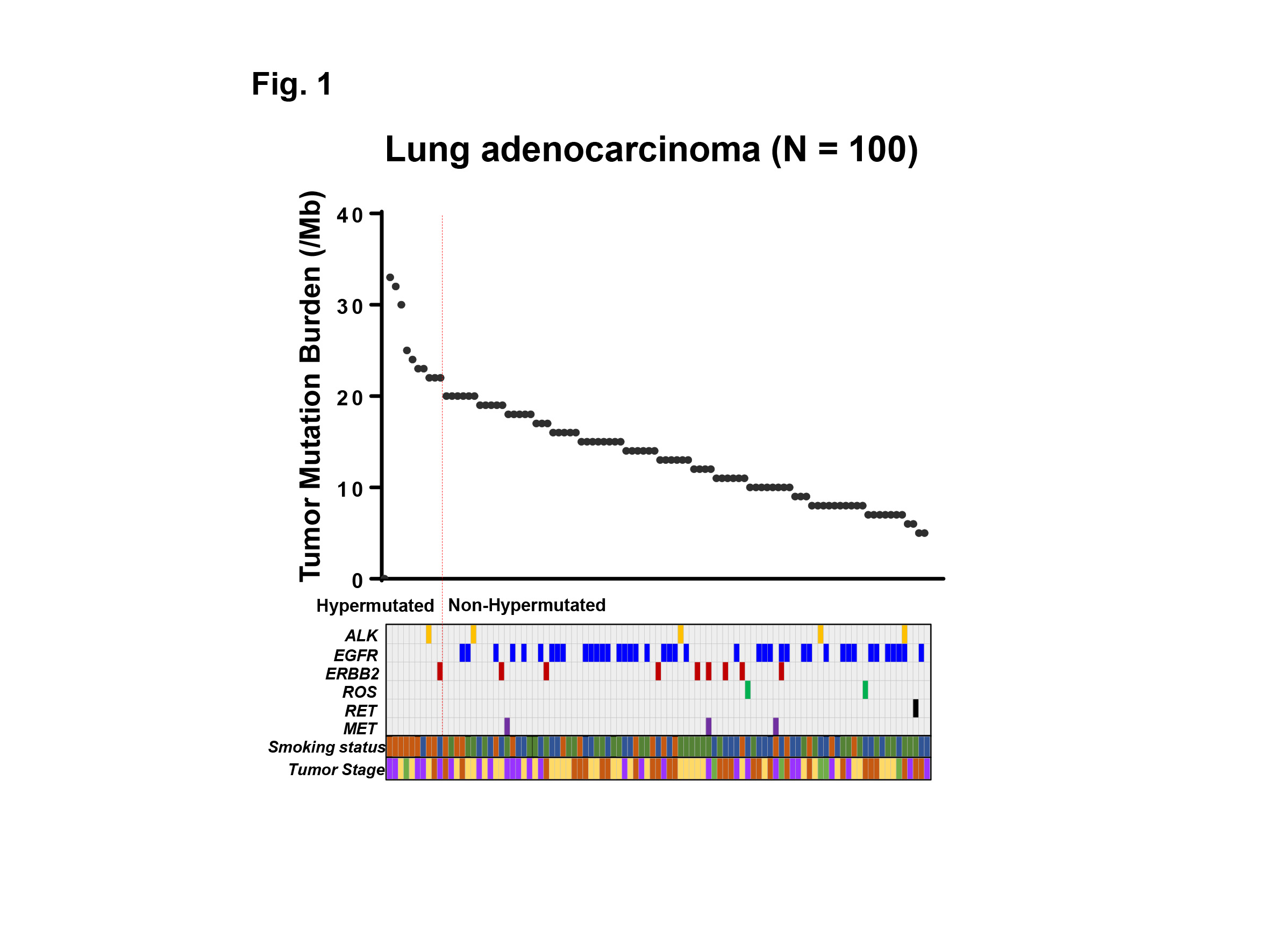K. Takabe1, E. Katsuta1, L. Yan2 1Roswell Park Cancer Institute,Breast Surgery, Department Of Surgical Oncology,Buffalo, NY, USA 2Roswell Park Cancer Institute,Department Of Biostatistics And Bioinformatics,Buffalo, NY, USA
Introduction: Pancreatic adenocarcinoma (PDAC) is one of the most aggressive cancers with severe prognosis in general; however, we sometimes encounter exceptional long term survivors. Although there have been many study to explore the genes that are responsible for these differences in prognosis of PDAC, it remains unknown. The HOX genes are a family of homeodomain-containing transcription factors that determine cellular identity during development. This study aimed to investigate the clinical relevance of HOX genes on the PDAC patient survival.
Methods: RNA-sequencing and clinical data were obtained from the Cancer Genome Atlas (TCGA) through cBioportal. Gene expression was compared between patients who survived more than 5 years (good prognosis group) and patients who died within 3 years of diagnosis (poor prognosis group). Patients whose cause of death was not pancreatic cancer in bad prognosis group were excluded for the analysis. The cut-off value of gene expression for survival analysis was determined by automated scanning and selecting the threshold yielding the lowest p-value for the each gene.
Results: Among pancreatic cancer TCGA cohort, 94 PDAC patients were confirmed of their date of death or lived longer than 5 years. 4 and 82 patients were classified as good and poor prognosis group, respectively. 1 and 3 patients were diagnosed as Stage IIA and IIB in good prognosis group, 1, 5, 9, 62, 2 and 3 patients were diagnosed as Stage IA, IB, IIA, IIB, III and IV in poor prognosis group, respectively. 120 genes were extracted as differentially expressed gene with adjusted p<0.05. Among 120 genes, 8 genes were HOX genes, including HOXA9 (logFC=7.18, adj. p<0.001), HOXA7 (logFC=3.26, adj. p<0.001), HOXA4 (logFC=2.18, adj. p<0.001), HOXA6 (logFC=5.38, adj. p<0.001), HOXA5 (logFC=3.85, p<0.001), HOXA10 (logFC=4.19, adj. p=0.001), HOXA2 (logFC=1.75, adj. p=0.036) and HOXA13 (logFC=2.87, adj. p=0.039). All of them were upregulated in good prognosis group. Then we compared the survival based upon HOX expression in whole 154 PDAC in TCGA cohort. High expression of HOXA2 (median OS: 19.8 month vs 16.8 month, p=0.005, median DFS: 16.9 month and 9.6 month, p=0.001), HOXA4 (median OS: 20.6 month vs 12.5 month, p<0.001, median DFS: 17.1 month and 9.5 month, p<0.001), and HOXA5 (median OS: 19.9 month vs 12.5 month, p<0.001, median DFS: 17.1 month and 9.5 month, p=0.001) showed significantly better both OS and DFS.
Conclusion: This is the first report that high expression of HOX genes associate with exceptional long term survivor in PDAC. Further studies are warranted to investigate the mechanism how these gene expressions contribute to patient survival.



